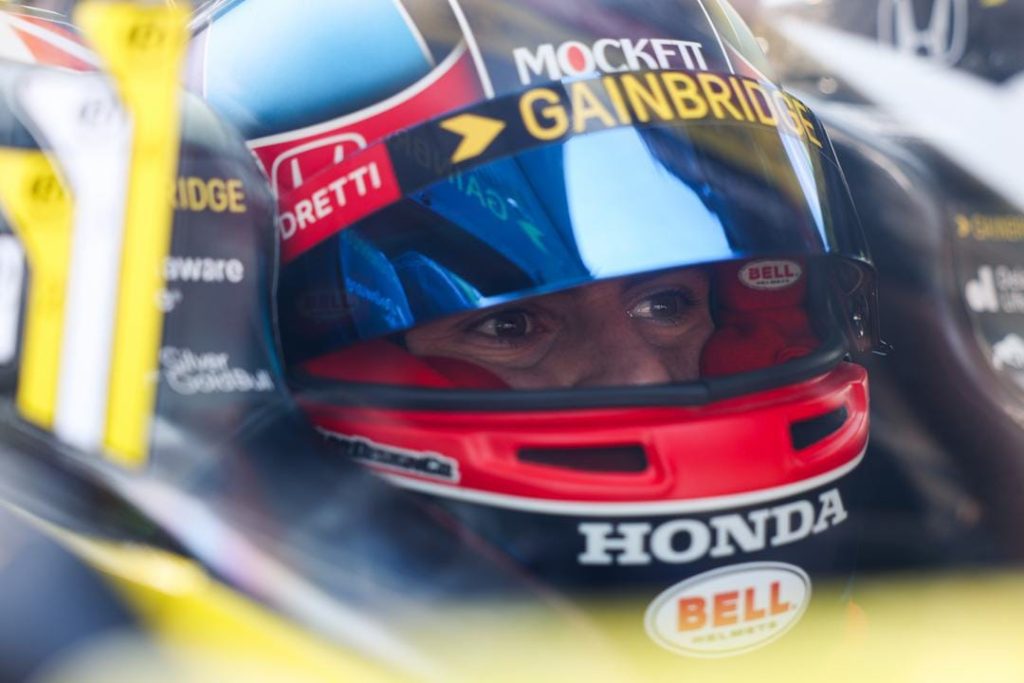Colton Herta, Cadillac’s newly appointed Formula 1 test driver, is set to transition from IndyCar to Formula 2 next year. This move has been confirmed by Cadillac F1 CEO Dan Towriss.
Herta’s decision is part of his objective to compete in F1 with Cadillac, contingent on acquiring the necessary superlicence points—he currently lacks four—and gaining experience from participating in F1 support races.
A Questionable Decision
Jack Benyon
As a motorsport enthusiast, I’m thrilled by this development; seeing drivers shift from IndyCar to F1 is a rare occurrence. However, pragmatically, this may be a misguided choice. Assuming he secures the required superlicence points over two seasons in F2—considering the existing contracts of Valtteri Bottas and Sergio Perez—Herta would make his F1 debut in 2028, just before turning 28.
This timing could deter top teams from pursuing him, as he would be approaching 29 by the start of 2029, an age typically seen as too old for elite teams. Moving to F2 now might be too late; I’ve witnessed how competitive that series is.
Stalling in IndyCar
Gary Anderson
Logically, the switch is sensible. Herta’s current position in IndyCar has plateaued, making this a timely change. He has proven speed but often makes errors during races, leading to frustrating weekends.
IndyCar serves as America’s equivalent to F1, so why not embrace an opportunity to advance? F2 will elevate his profile, yet success will depend on being part of the right team; otherwise, he risks stagnating in a position similar to his present one.
Complete Commitment to Cadillac
Jon Noble
Leaving a strong IndyCar seat for the unpredictability of F2 may seem irrational, but Herta’s strategic vision involves a strong commitment to achieving an F1 seat. He could have waited for shifts in contracts involving Bottas and Perez, but doing so could have pushed him out of the spotlight.
By assuming a test role alongside the F2 endeavor, he’s demonstrating total commitment to integrating into the F1 environment. This move offers a chance to learn key circuits, tire management, and closely observe F1 operations, increasing his value to Cadillac in the long run.
Changing Perspectives
Matt Beer
I initially viewed Herta’s F2 venture as ill-conceived, yet now I see its rationale. If Cadillac is serious about an American driver in its lineup, Herta represents a promising candidate. His achievements in IndyCar, while notable, do not equate to F1 readiness without proper preparation.
Transitioning from IndyCar to F2 to F1 offers him a chance to hone his skills without risking immediate failure in F1—a realm that differs markedly from what he knows. His early successes indicated F1 potential; perhaps he can still fulfill that promise, albeit in a manner different than previously expected.
The Allure of F1
Josh Suttill
Many argue against Herta leaving his winning position in IndyCar for the uncertainty of F1. However, this perspective overlooks F1’s prestigious allure, which many drivers aspire to join regardless of the risks involved. Herta’s move into F2, despite its challenges, is a stepping stone toward realizing his F1 dreams.



